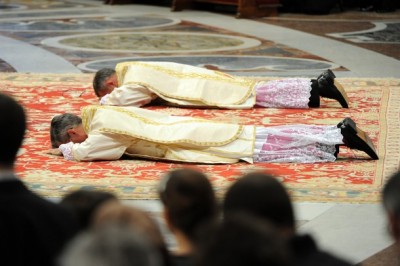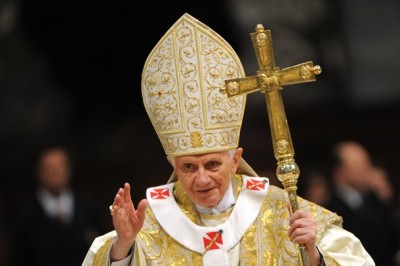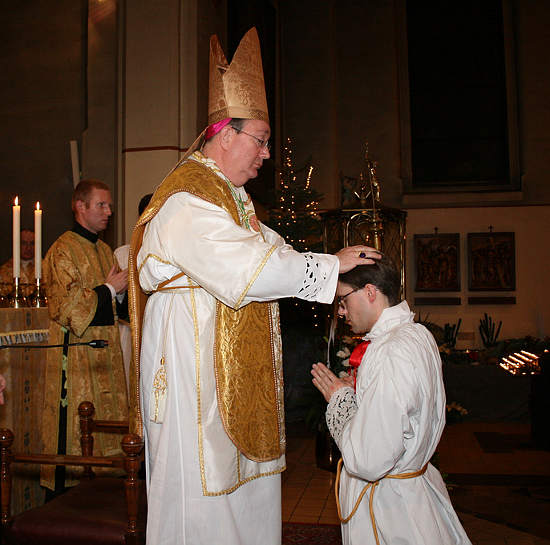26. januar: Den hellige Polykarp
I dag er det en litt forvirrende dag mht hvilke helgener man kan feire; den hellige Polykarp i den tradisjonelle kalenderen, den hellige Timoteus i den nye kalenderen i det meste av verden, og den hellige Eystein i Norge (mest i midt-Norge). (For ordens skyld; jeg bruker nå den tradisjonelle kalenderen privat i tidebønnene og når jeg feirer den tradisjonelle messen, siden det er fullt tillatt (og svært interessant) – ikke som noen protesthandling.) Slik leste jeg i dag i Matutins tredje lesning:
From the Book on Ecclesiastical Writers, composed by St Jerome, Priest at Bethlehem. Chapter 17
Polycarp was a disciple of the Apostle John, and was consecrated by him Bishop of Smyrna. He was reckoned the chief of all the Christians of Asia, because he had been taught by several of the Apostles, and other persons who had seen the Lord. During the reign of the Emperor Antoninus Pius, and while Anicetus presided over the Church of Rome, Polycarp came thither to discuss some questions regarding the time for observing Easter. He found some heretics at Rome, who had been led astray by the doctrine of Marcion and Valentine, and brought back many of them to the faith. One day Marcion met him by accident, and said to him Do you recognise me? whereto he replied I recognise the devil’s eldest son. Some time after, in the reign of Mark Antonine and Lucius Aurelius Commodus, during the fourth persecution since Nero, when the Pro-consul was ruling in Smyrna, the whole population being assembled in the theatre, clamoured against Polycarp, and to please them he was burnt. He wrote an extremely useful Epistle to the Philippians, which is publicly read in the Churches of Asia even to this day.

 (Statuen til venstre står i Damaskus.) Men Paulus’ omvendele er i den tradisjonelle kalenderen bare en 3. klasses fest (dvs. minnedag), mens den i den nye kalenderen feires som fest, og i morgendagens Matutin leses bare hans omvendelse fra Apotl.gj. 9, ikke noe om ham fra kirkefdrene e.l.
(Statuen til venstre står i Damaskus.) Men Paulus’ omvendele er i den tradisjonelle kalenderen bare en 3. klasses fest (dvs. minnedag), mens den i den nye kalenderen feires som fest, og i morgendagens Matutin leses bare hans omvendelse fra Apotl.gj. 9, ikke noe om ham fra kirkefdrene e.l.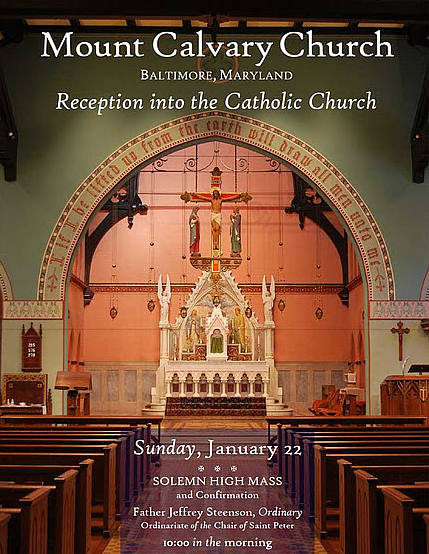
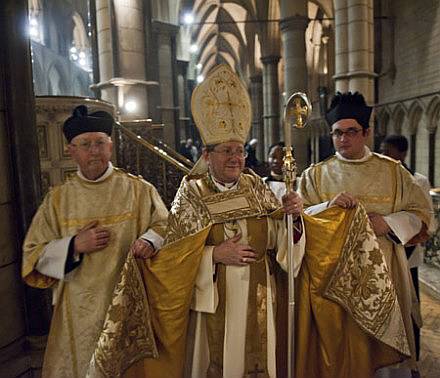
 At Rome, under Symphronius, Prefect of the city, the holy Virgin and martyr Agnes. She was cast into the fire, but the fire died out at her prayer, and then she was smitten with the sword, (in the year 304.) Blessed Jerome writeth concerning her. The life of Agnes hath been praised in the writings and in the tongues of all nations, and most chiefly in the churches. She overcame not only the tyrant but also the weakness of her own age, and hallowed by martyrdom the title of virgin.
At Rome, under Symphronius, Prefect of the city, the holy Virgin and martyr Agnes. She was cast into the fire, but the fire died out at her prayer, and then she was smitten with the sword, (in the year 304.) Blessed Jerome writeth concerning her. The life of Agnes hath been praised in the writings and in the tongues of all nations, and most chiefly in the churches. She overcame not only the tyrant but also the weakness of her own age, and hallowed by martyrdom the title of virgin.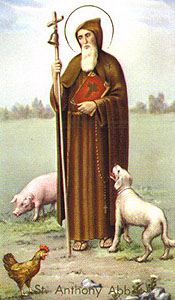 I Italia er den hellige Anton fortsatt en populær helgen, og mange av de gamle tradisjonene – med bl.a. velsignelser av dyr – lever fortsatt.
I Italia er den hellige Anton fortsatt en populær helgen, og mange av de gamle tradisjonene – med bl.a. velsignelser av dyr – lever fortsatt. 